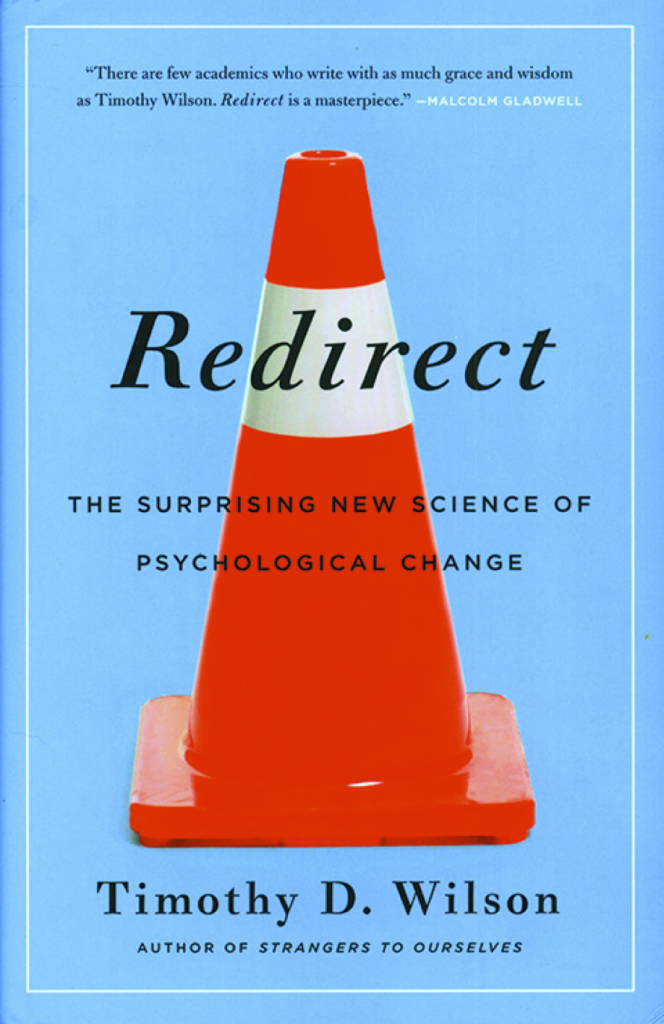6-Evaluating Sources
36 Recognition from Others
Checking to see whether others have linked to a website or tagged or cited it lets you know who else on the web recognizes the value of the site’s content. Reader comments and ratings can also be informative about some sites you may be evaluating, such as blogs.
If your source is a print book, the blurbs on the front or back cover give you information from authors, experts, or other well-known people who were willing to praise the book and/or author. The same kind of “mini-reviews” may be available on the publisher’s website. You can also look for reviews of the book or other source by using Google and Google Scholar.
Those links, tags, bookmarks, citations, and positive reader comments and ratings are evidence that other authors consider the site exemplary. Book reviews, of course, may be either positive or negative.

Exactly which individuals and organizations are doing the linking, tagging, citing, rating, and commenting may also be important to you. There may be some company you’d rather your site not keep! Or, maybe the sites that link to the one you’re evaluating may help solidify your positive feelings about the site.
Don’t let an absence of links, tags, citations, ratings, and comments damn the site in your evaluation. Perhaps it’s just not well-known to other authors. The lack of them should just mean this factor can’t add any positive or negative weight to your eventual decision to use the site—it’s a neutral.
Tip: Peer Review and Citation as Recognition
The peer review most articles undergo before publication in a scholarly journal lets you know they’re considered by other scholars to be worth publishing. You might also be interested to see to what extent other researchers have used an article after it was published. (That use is what necessitates their citation.) But keep in mind that there may not be any citations for very new popular magazines, blogs, or scholarly journal articles.
Activity: Influence You?
Would the blurb on the front cover of Redirect by psychologist Timothy Wilson influence you positively or negatively in your evaluation of the book?

Clues about Recognition
Use Bing to find sites that link to a particular URL. (Google does not adequately support this.) Enter inbody:[URL of known site] in the Bing search box.
For example: inbody:www.deathpenaltyinfo.org
As you look over the results page, always pay attention to more than the number of sites linking to the site about which you’re seeking information. Also consider the kind of sites that do that linking. Are they the kind of sites you are pleased to see associated with the site you’re interested in? If you are doing academic writing, you should want them to be professional, scholarly, and/or mainline news sources—not, for instance, something from the entertainment neighborhood.
If you prefer recognition from a particular neighborhood, you can ask Bing to look specifically for links from that neighborhood. Suppose, for instance, you wonder whether scholarly sources link to the site above but don’t want to look for them among all that you turned up before. You should type in the Bing search box inbody:www.deathpenaltyinfo.org site:edu in order to see whether any scholarly sources link to that site.
Find citations of an article. Although there is no simple way to find every source that cites an article in a popular magazine, a blog, or a scholarly journal, there are some ways to look for these connections.
For articles published in popular magazines or blogs, enter the title of the article in quotes in the search box of a search engine like Google. The resulting list should show you the original article you’re evaluating, plus other sites that have mentioned it in some way. Click on those that you want to know more about.
Example: Finding Mentions
Here’s an example using Google to find mentions for a blog article called Help Wanted: 11 million college grads by Bill Gates.
Activity: Inferences
Use Bing to determine how many scholarly sites have made links to these sites. Copy each search statement below and put it in the Bing search box to make your searches.
- inbody:www.DOAJ.org site:edu
- inbody:www.nvic.org site:edu
Sometimes you’ll even have to take a look at the linking organization’s document in order to figure out why it’s linking. For instance, is it linking to a bad example that it wants to show? Like usual with source evaluation, you’ll have to make inferences.
For articles published in scholarly journals, use Google Scholar to enter the title of the article in quotes. In the results list, find the article you’re evaluating. (Many articles have similar titles.) Look for the number of citations in the lower left of the listing for your article. If you want more information on the authors who have done the citing, click on the citation number for a clickable list of articles or papers and get the names of authors to look up at the end of the articles or with a search engine. (This is a good way to discover more articles about your topic, too.)

View the live example.
You can also use specialized citation databases, such as PubMed, to find where an article or author has been cited.
Making the Inference
Consider the clues. Then decide the extent that the source’s recognition from others is acceptable for your purpose. It might help to grade the extent that this factor contributes to the site being suitable on a scale like this one:
- A – Very Acceptable
- B – Good, but could be better
- C – OK in a pinch
- D – Marginal
- F – Unacceptable
You’ll want to make a note of the source’s grade for recognition so you can combine it later with the grades you give the other factors.
